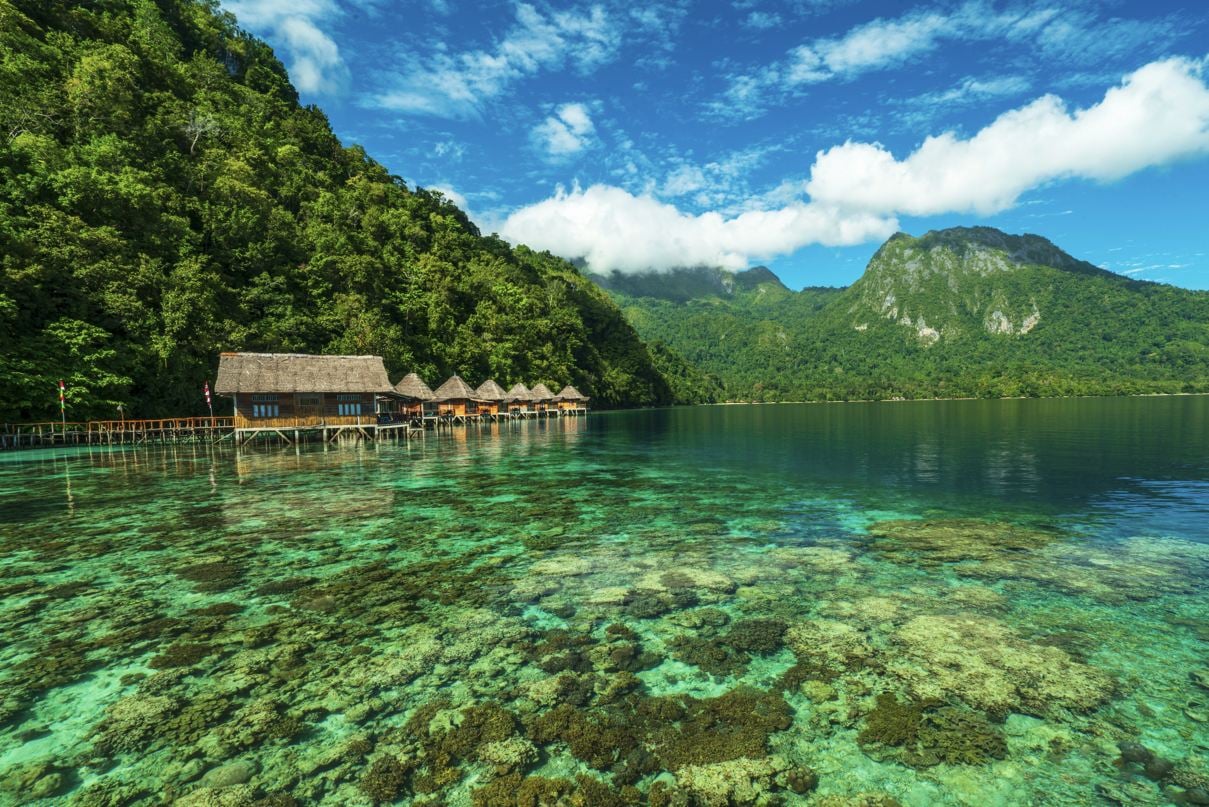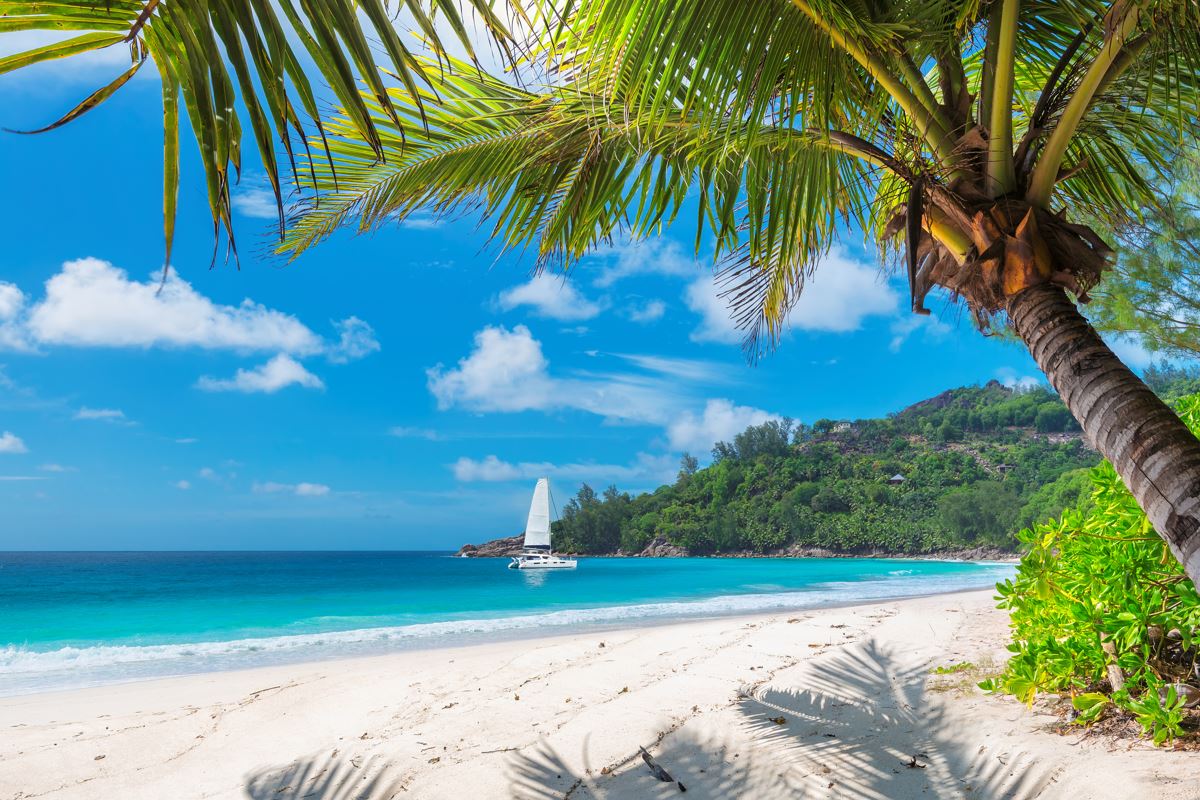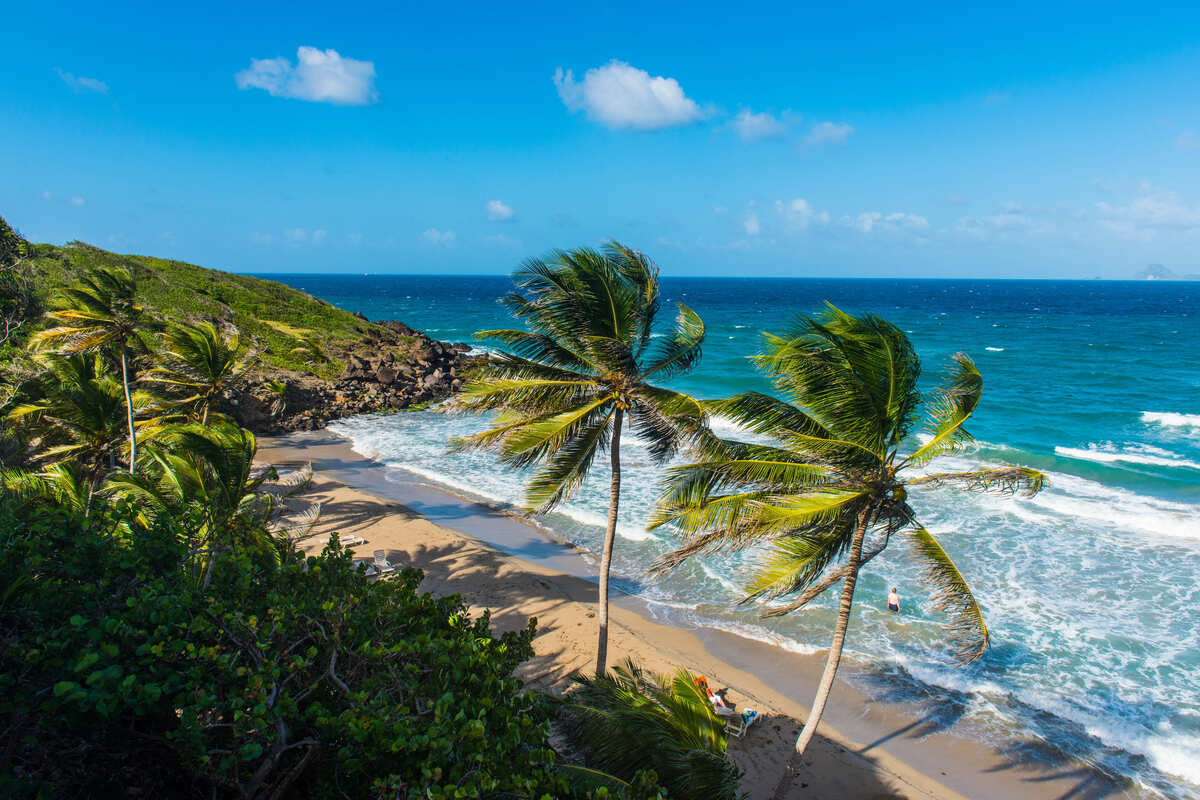[ad_1]
Keeping an eye on the U.S. Department of State’s travel advisories is always a smart move. These advisories are a key resource for American citizens heading abroad, providing important safety and security information to help you make informed decisions. Just this past week, the State Department updated advisories for several destinations around the globe. Let’s break down what these updates mean for six specific countries.

Understanding US Travel Advisories
So, what exactly are these travel advisories? Think of them as guidance from the U.S. government about potential risks in different parts of the world. They are designed to keep you informed about conditions like crime, terrorism, civil unrest, natural disasters, health risks, and other potential dangers you might encounter when traveling outside the United States. The State Department constantly monitors situations in foreign countries and updates these advisories as needed. They aren’t designed to tell you not to travel, but rather to inform you so you can travel more safely and be prepared for potential issues. Checking the advisory for your destination is a crucial step before booking your trip and again just before you leave.

The Four Advisory Levels: What They Mean
The State Department uses a clear, four-level system to rate the potential risks in a country:
- Level 1: Exercise Normal Precautions. This is the lowest advisory level. It means there are no significant safety or security risks that are out of the ordinary for travel. While you should always be aware of your surroundings no matter where you are, this level suggests typical travel safety measures are sufficient.
- Level 2: Exercise Increased Caution. At this level, there are heightened risks to safety and security. This could be due to increased crime rates, specific health concerns, or potential for civil unrest. Travelers are advised to be more vigilant and take extra precautions.
- Level 3: Reconsider Travel. This level suggests serious risks to safety and security are present. This might be due to significant crime, terrorism, unstable political situations, or major health crises. The State Department recommends that travelers seriously think about whether they need to travel to this location.
- Level 4: Do Not Travel. This is the highest advisory level, reserved for countries where there is a very high likelihood of life-threatening risks. This could include active conflict, extreme levels of crime or terrorism, or severe health risks. The U.S. government may have limited ability to provide assistance to citizens in a Level 4 country.

Recent Updates You Should Know About
In the last few days of April 2025, the State Department refreshed its guidance for several nations. Here are the updates for six countries:
For Indonesia, the advisory was updated on April 30, 2025, maintaining a Level 2: Exercise Increased Caution. Countries at this level often pose risks such as crime, terrorism, or natural disasters like earthquakes or tsunamis, which Indonesia is known to be susceptible to. Travelers are encouraged to be more aware of their surroundings, especially in tourist areas, and monitor local news and weather.
Paraguay also saw an update on April 30, 2025, and remains at Level 1: Exercise Normal Precautions. This indicates that typical safety precautions are recommended, similar to traveling within the United States. While petty crime can occur anywhere, Paraguay is generally considered a safe destination for tourists following standard safety practices.

The advisory for North Korea (Democratic People’s Republic of Korea) was updated on April 29, 2025, and it continues to be at Level 4: Do Not Travel. This highest level reflects the significant and life-threatening risks present. The U.S. government warns of the serious risk of arrest and long-term detention of U.S. citizens. There is very limited to no consular assistance available in North Korea.
Papua New Guinea was updated on April 29, 2025, and holds a Level 3: Reconsider Travel advisory. High rates of crime, including violent crime and civil unrest, are common reasons for a Level 3 advisory. Travelers are advised to be extra vigilant, avoid traveling after dark, and be aware of potential for sudden civil disturbances.
Also updated on April 29, 2025, Burundi is currently under a Level 3: Reconsider Travel advisory. Political instability, civil unrest, and crime are often factors contributing to this level in Burundi. The State Department urges travelers to exercise extreme caution and reconsider their plans due to these serious risks.

Finally, the Solomon Islands advisory was updated on April 29, 2025, and remains at Level 2: Exercise Increased Caution. Reasons for this level can include social unrest or crime. Travelers should be mindful of their personal safety and security, particularly in and around the capital, Honiara, and stay informed about local conditions.

Keeping informed about these advisories is an essential part of responsible international travel. Before your next trip, be sure to check the very latest information from the U.S. Department of State for your specific destination.
Ready For Your Trip? Check The Latest Entry Requirements For Your Destination Here
↓ Elevate Your Travel↓
Sign Up Now For Travel Off Path Premium! No ads, VIP Content, Personal Travel Concierge, Huge Savings, Daily Deals, Members Forum & More!

✈️Join Our Travel Off Path Community Forum: Where travelers unite, ask questions, share experiences and even find like-minded travel buddies!
SUBSCRIBE TO OUR LATEST POSTS
Enter your email address to subscribe to Travel Off Path’s latest breaking travel news, straight to your inbox.
This article originally appeared on TravelOffPath.com
Opinions expressed here are the author’s alone, not those of any bank, credit card issuer, hotel, airline, or other entity. This content has not been reviewed, approved or otherwise endorsed by any of the entities included within the post.
[ad_2]
Source link








































